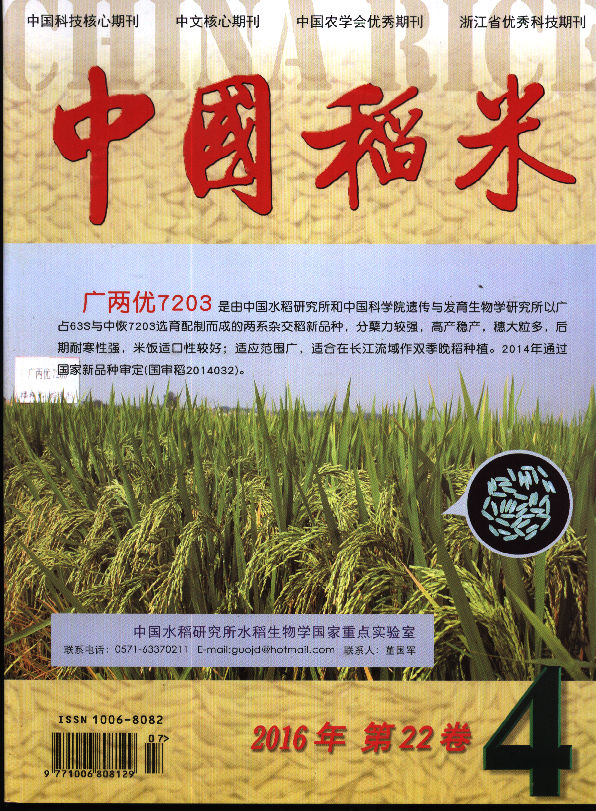Development of social economic makes great effects on rice production and circulation, using the dada of Japanese Agriculture, Forestry and Fisheries Province to analyze the changing of rice production mode, labor time, rice circulation and consumption channels of Japan, and then exploring the enlightenment of rice industry developing in China. Over the past 60 years, with the growing of GDP, rice planting area and yield per year decreased constantly in Japan, benefiting from transition of rice planting technology, the labor time of rice production shorten significantly, and rice yield per unit area increased gradually. With the improvement of people's living standard, rice consumption is declining, but the public demand for rice quality improved, Japan's excellent rice varieties laid the foundation of good quality. Since the 1970 s, Japanese government reduced the quantity of rice unified purchase and sale, and now rice is maily selling through JA, farmer directly selling be the complementary way of rice in circulation. Which raised the efficiency of rice circulation, and the emergence new way such as electricity further improved the benefits of the farmers. In recent years, China gradually increased the mechanization degree of rice production, and the rice market further opened, rice industry is facing a new transition, the current way of rice production and circulation is similar with Japan's rice industry situation in 1970s to 1990s. Reference from changing of the mode of production and circulation of Japan, China should actively adjust the way of rice production, expand the scale of rice production, speed up the process of rice production mechanization, increase public infrastructure construction of rice production, further guide the development of high quality rice, strengthen the construction of rice brand, make the direct connection of production and marketing.

